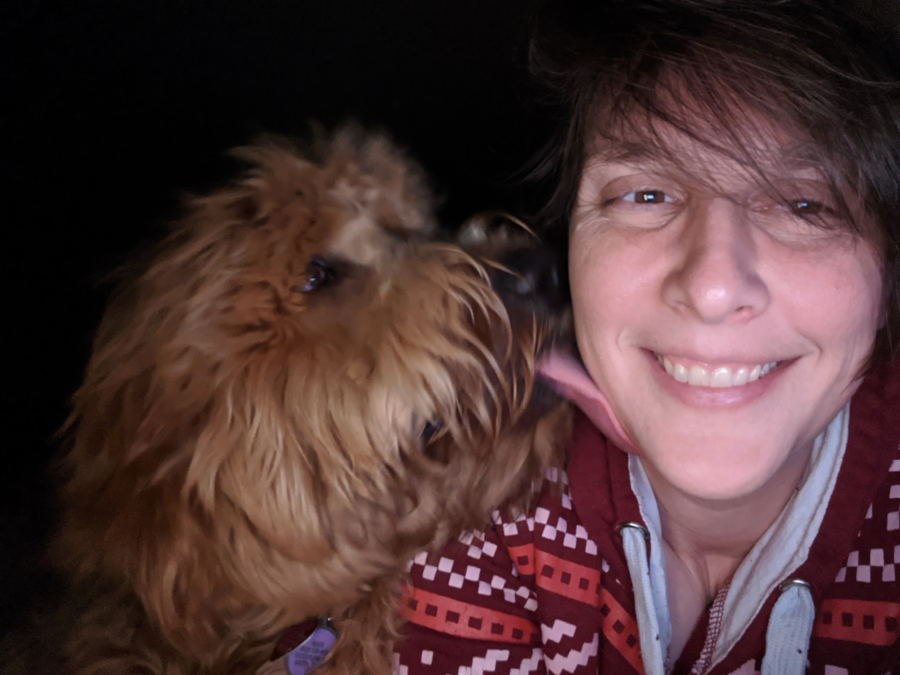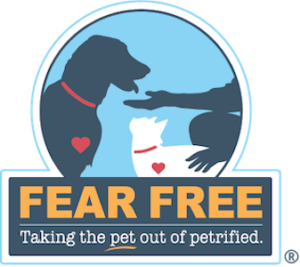Sandra Toney
Jeannette Kincaid became interested in dog training over 20 years ago when she adopted a shy, fearful Border Collie/Australian Shepherd mix named Lydia. Unfortunately, Lydia was terrified of the world. Kincaid says she vowed to make a better life for her dog, so she started researching how to make Lydia feel as safe and happy as possible.
“It lit a spark in me and that passion has never subsided,” says Kincaid.
Going on to live 13 years, Lydia was never a social butterfly but, with Kincaid’s love and encouragement, she enjoyed seeing people and trying new adventures.
“Near the end of her life, we took a beach trip and she settled down on the patio for dinner with us,” Kincaid says, “It was truly one of the best moments of my life.”
Kincaid has now been a professional dog trainer for 15 years and, for the past nine years, has worked at Train My Dogs Austin and Onion Creek Kennels. Train My Dogs Austin is a positive training, boarding, and daycare facility in Austin, Texas, while Onion Creek Kennels in south Austin focuses on daycare, cat and dog boarding, and cat and dog grooming – all using positive reinforcement for the pet clients.
As head trainer at both facilities, Kincaid is currently enrolled in Animal Behavior College’s Grooming Instruction program, so she will soon become a professional groomer as well.
Fear Free certified in both training and grooming, Kincaid decided to take the courses when she began having an influx of training clients whose pets had been let go from their groomers for behavior reasons and needed a new facility for their dogs to be groomed.
Since Kincaid also groomed dogs, she began working with her training clients. “The Fear Free program has been very helpful in teaching me how to work with dogs in a manner that can help them grow to like grooming as well as a good foundation of knowing when to continue grooming and when to stop.”
Her training approach was already similar with the Fear Free program’s principles and techniques, says Kincaid, but what she lacked was concrete ways to illustrate and explain to clients and colleagues why she would continue working with a dog in some circumstances, and when she would stop and step back. The Fear Free certification program gave her great handouts with clear illustrations to help clients learn how to identify FAS (fear, anxiety, and stress). It has clear illustrations laying out various levels of stress such as when to push forward and when to stop and reduce stress.
The handouts have had a huge effect on client follow-through and understanding. She loves the continuing education available. “The Fear Free program has the best webinar on how to do a nail trim that I have seen,” says Kincaid. “Becoming Fear Free certified as a trainer and a groomer has really opened up a whole new subset of clients. It is also extremely rewarding to work dogs into grooming that were not able to be groomed previously. The clients are always so grateful.”
Kincaid says one case where her Fear Free certification was crucial was in working with a 6-month-old Schnauzer other groomers wouldn’t handle. He would start biting even while being brushed. Kincaid decided to take him on as a client because he was young and would need to be groomed for the rest of his life.
“We set up a training program where he came once a week and I worked on counterconditioning him to various tools and holds needed for grooming. We only ever pressed on if he stayed in the green level on the FAS ladder. We adjusted if his FAS started rising.
“We really leaned into the idea of need versus want,” she says, “meaning we stopped frequently, and he went home only partially done. But over a few months, we were able to complete an entire full groom and he went home looking great. This dog was labeled as a dog that couldn’t be groomed and now is able to be groomed and,” Kincaid says, “he loves his groomer.”
This article was reviewed/edited by board-certified veterinary behaviorist Dr. Kenneth Martin and/or veterinary technician specialist in behavior Debbie Martin, LVT.




